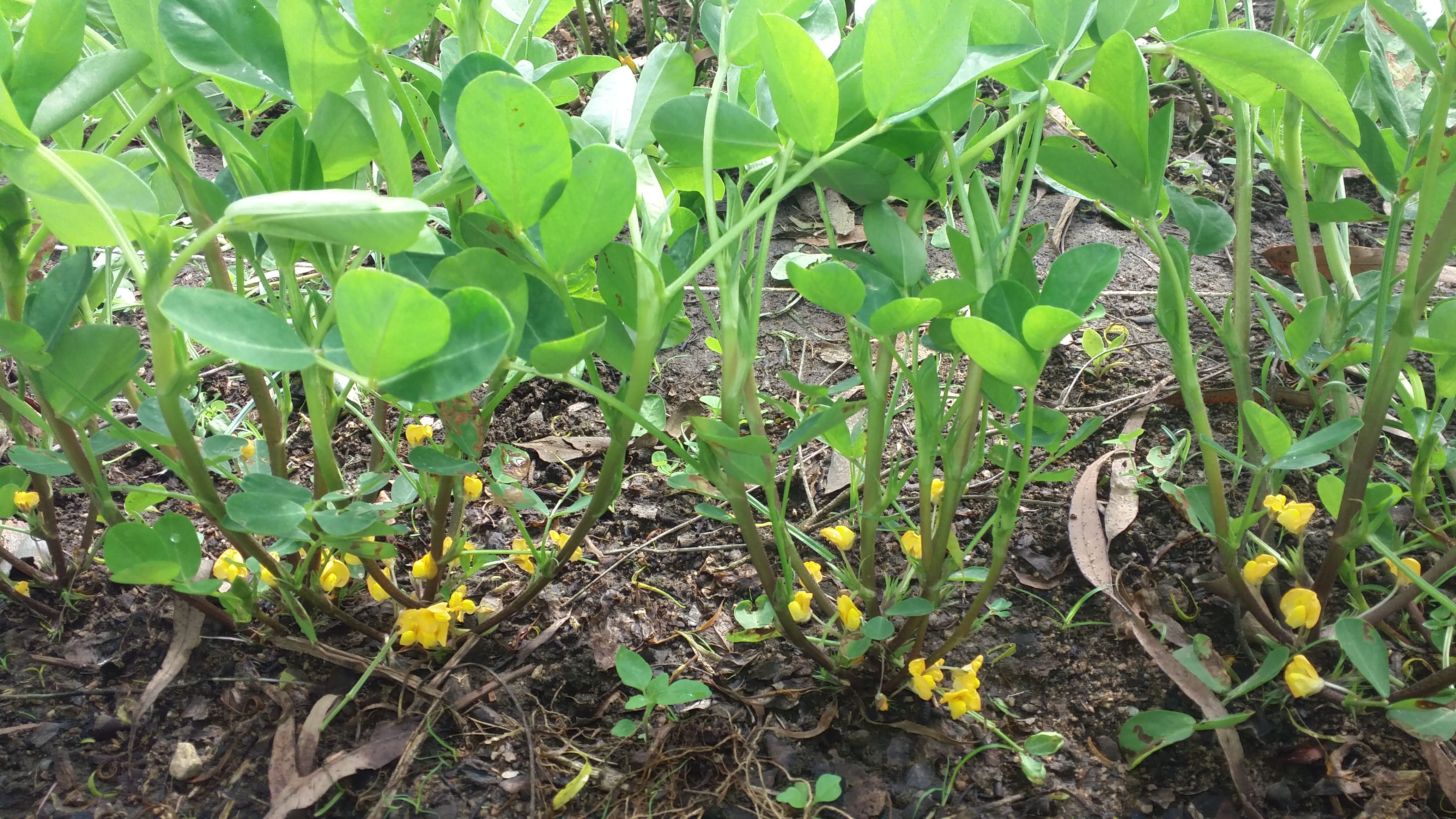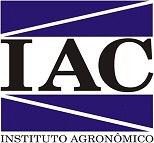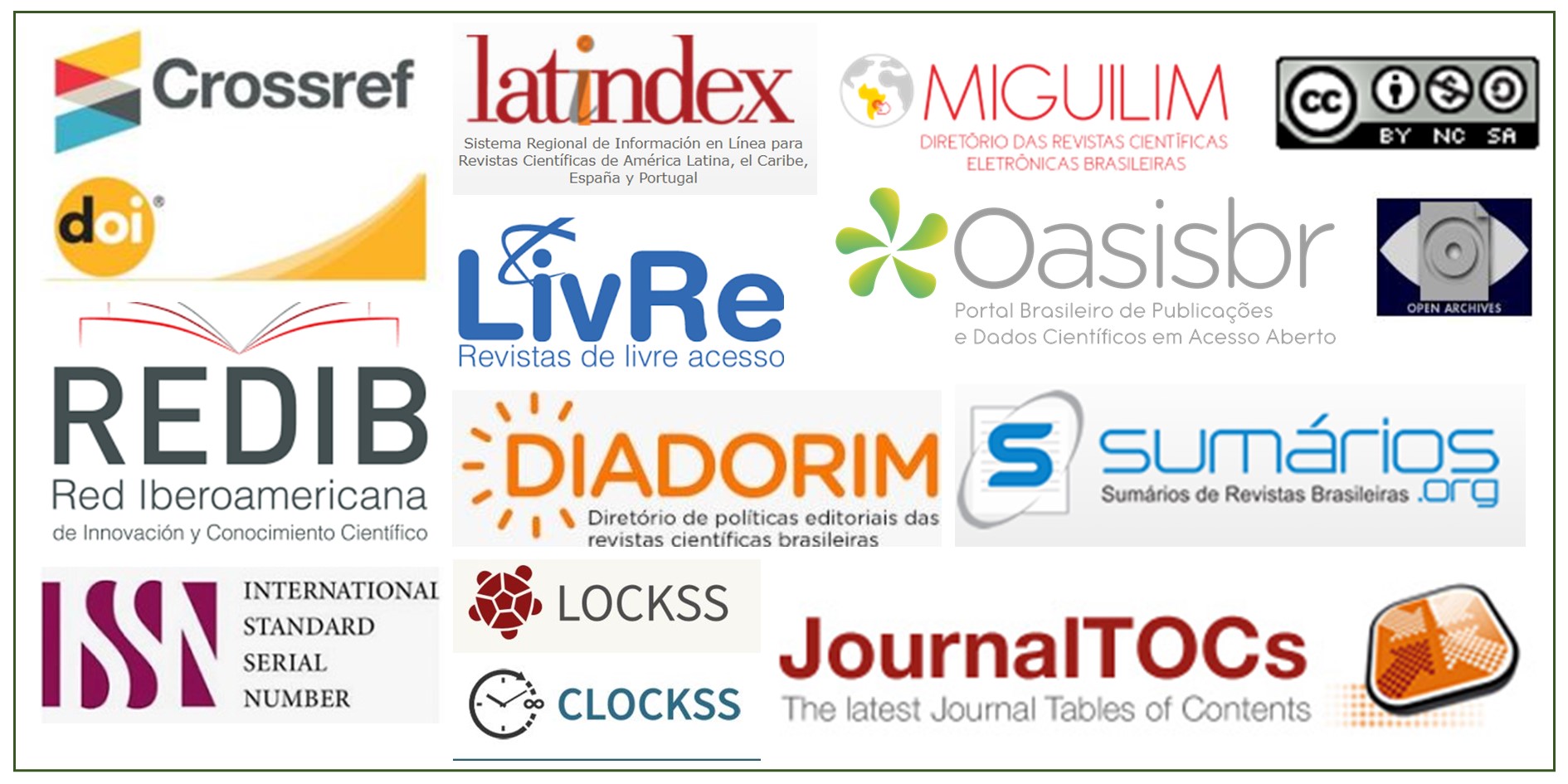Produtividade do amendoim obtido de cultivares arranjadas em sistema de cultivo
DOI:
https://doi.org/10.17648/sas.v1i2.87Palavras-chave:
Leguminosa, Densidade de plantio, Grãos, FitomassaResumo
O amendoim (Arachis hypogaea L.) é uma das principais oleaginosas cultivadas no Brasil e no mundo e considerada uma das mais importantes culturas entre as leguminosas, ao lado do feijão e da soja. A produção deste vegetal no Brasil teve um crescimento considerável, pois também tem crescido o mercado de confeitarias e salgados, onde o amendoim é usado como complemento. A fim de suprir as necessidades do produtor e tornar rentável a produção de amendoim, instituições de pesquisa desenvolvem e disponibilizam para a produção cultivares de com características adaptáveis para determinadas regiões, no entanto o sucesso de uma cultura não depende apenas da escolha correta da cultivar mas também de outros fatores que afetam diretamente a produtividade e produção. O presente estudo tem como objetivo testar cultivares de amendoim de crescimento ereto e prostrado e densidades de corte sobre a fitomassa e a produção do grão. O amendoim foi cultivado em condições de campo, em delineamento em blocos ao acaso, em esquema de subsubparcela de 4x5x2, BR1, TATU ST (crescimento vertical), Runner IAC 886 e IAC 503 (crescimento prostrado) e as densidades de 8,11,14,17,20 e com e sem corte da parte aérea. As avaliações foram realizadas em condições de campo e laboratório, utilizando a amostra de 10 plantas por parcela. O aumento da densidade proporcionou uma considerável elevação no número de ginóforos bem como na altura das plantas de porte ereto. O corte associado í densidade correta para cada cultivar proporciona além do aproveitamento de quase toda a planta de amendoim, possibilita melhorias no desenvolvimento do vegetal, podendo assim aumentar sua produção e produtividade.
Downloads

Downloads
Publicado
Como Citar
Edição
Seção
Licença
Autores concordam com os seguintes termos:
a) Os autores mantêm os direitos autorais e concedem à revista o direito de primeira publicação, com o trabalho simultaneamente licenciado sob a LicençaAttribution-NonCommercial-ShareAlike 4.0 International, que permite o compartilhamento do trabalho com reconhecimento da autoria e publicação inicial na Revista SAS. A licença permite o uso, a distribuição e a reprodução irrestrita, em qualquer meio, desde que devidamente citada a fonte. Essa licença permite também que outros remixem, adaptem e criem a partir do seu trabalho para fins não comerciais, desde que atribuam a você o devido crédito e que licenciem as novas criações sob termos idênticos.
b) Não cabe aos autores compensação financeira a qualquer título, por artigos ou resenhas publicados na South American Sciences.
c) Os conceitos expressos nos artigos publicados na South American Sciences são de inteira responsabilidade de seus autores.








